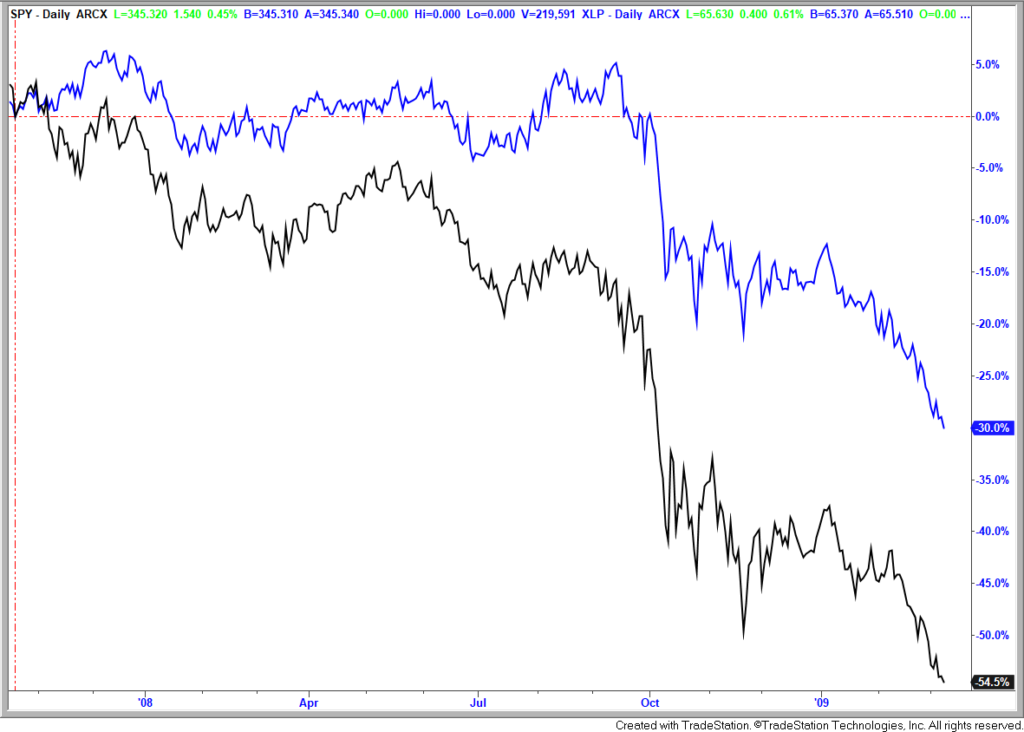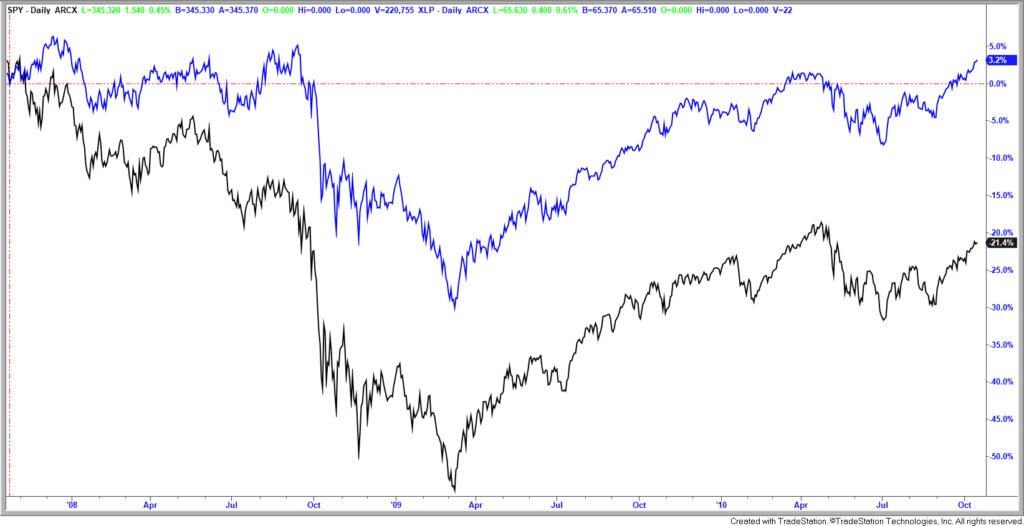About a month ago, I labeled the energy sector Laggard of the Month and explained my rationale for recommending you avoid its stocks.
In short, the losses we avoid are just as important as the profits we capture. Both economically and psychologically, it’s difficult to recover from large losses.
I hope you took my advice.
Since I issued that warning, shares of the SPDR Energy Sector exchange-traded fund (NYSE: XLE) are down around 3.6% … while every other major U.S. sector exchange-traded fund, or ETF, is up, averaging a 3.7% gain overall.
Today, I’m highlighting a Leader of the Month.
This sector was in the No. 1-ranked position of my Cycle 9 Alert service’s Leaders & Laggards Board last week … which is a forward-looking prediction of which major sectors will lead or lag the market over the following two to three months.
With the U.S. presidential election less than a month away, I’m not surprised to see investors turn a bit “defensive,” as uncertainty over who will lead the country forward is now at its greatest.
The consumer staples stock sector is a notoriously “defensive” sector…
Consumer Staples Stock Sector: Our Leader of the Month
The same logic that explained why avoiding large losses is key to long-term investing success can also explain the importance of the consumer staples sector during times of turbulence.
Consumer staples are the goods and services that people use daily, such as food and clothing.
And these stocks tend to suffer milder drawdowns during bear markets, relative to the broader market and other sectors that are more dependent on high economic growth and bullish sentiment.
Take the 2008 Great Financial Crisis as proof of this tendency for consumer staples stock to lose less during downturns…
Here’s a chart of the SPDR Consumer Staples ETF (NYSE: XLP), in blue, plotted alongside the SPDR S&P 500 ETF (NYSE: SPY), in black, from the mid-October 2007 top through the early-March 2009 bottom:
2008 – 2009: Consumer Staples (Blue) Lost Less Than S&P 500 (Black)
As you can see, the S&P 500 suffered a maximum drawdown of 55%. However, the drop in consumer staples stocks was far milder, at just 30%.
How XLP Fared in the Recovery
Of course, there’s a saying: “You can’t pay your mortgage with lesser losses.”
So, why is losing less during a bear market all that valuable?
Well, it goes back to the concept of avoiding large losses for your long-term success.
That is: It takes increasingly larger gains to recover from large losses.
Consider that it takes a 100% winner to recover from a 50% loser … and a 300% profit to recoup a 75% loss.
Simply put, stocks and sectors that suffer milder drawdowns during bear markets can recover to new highs faster than stocks and sectors that suffer steeper declines. They have far less ground to make up once the new bull market begins!
Have a look at this chart, which again plots the returns of the consumer staples sector (XLP) versus the S&P 500 (SPY) from the mid-October 2007 top … this time, extending through mid-October 2010:
2007 – 2010: Consumer Staples Beats S&P in Economic Recovery
See, the consumer staples sector (XLP) was making new highs in October 2010 while the S&P 500 was still more than 21% below its October 2007 peak!
And get this — the S&P 500 wouldn’t go on to make a new post-crisis high until February 2013 … more than 28 months later than the consumer staples sector’s new high.
By that point in early 2013, when the S&P 500 was just making its first new high, the consumer staples sector was already up 33% above its October 2007 high!
This is why buying a somewhat “boring” sector, like consumer staples, can benefit you in the long run.
Realizing that you’ll be investing through multiple economic and market cycles — that is, through bull markets and bear markets — it’s not enough to buy a sector that only can lead when times are good. Chances are, those stocks will also lead you toward a steeper loss during the bad times.
One simple way to gain exposure to the defensive consumer staples sector is through the SPDR Consumer Staples Sector ETF (NYSE: XLP).
You can buy shares of the ETF in your regular brokerage account — the same as if you’re buying shares of any stock.
This ETF holds shares of staples stalwarts, including Procter & Gamble Co. (NYSE: PG), Walmart Inc. (NYSE: WMT), Coca-Cola Co. (NYSE: KO), PepsiCo Inc. (Nasdaq: PEP), and Costco Wholesale Corp. (Nasdaq: COST).
To good profits,
Adam O’Dell, CMT
Chief Investment Strategist, Money & Markets







